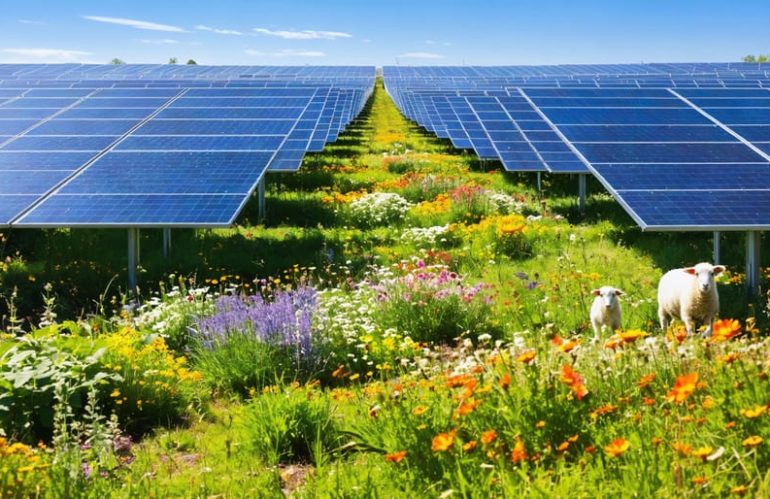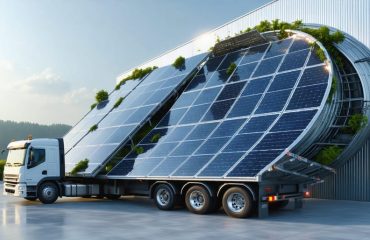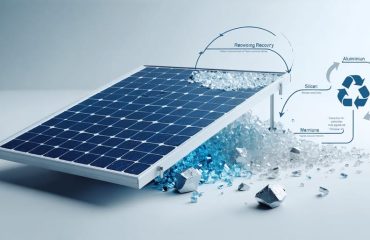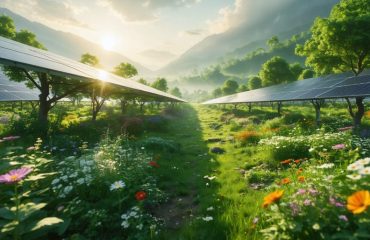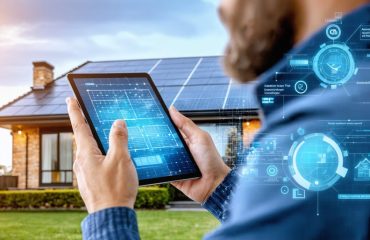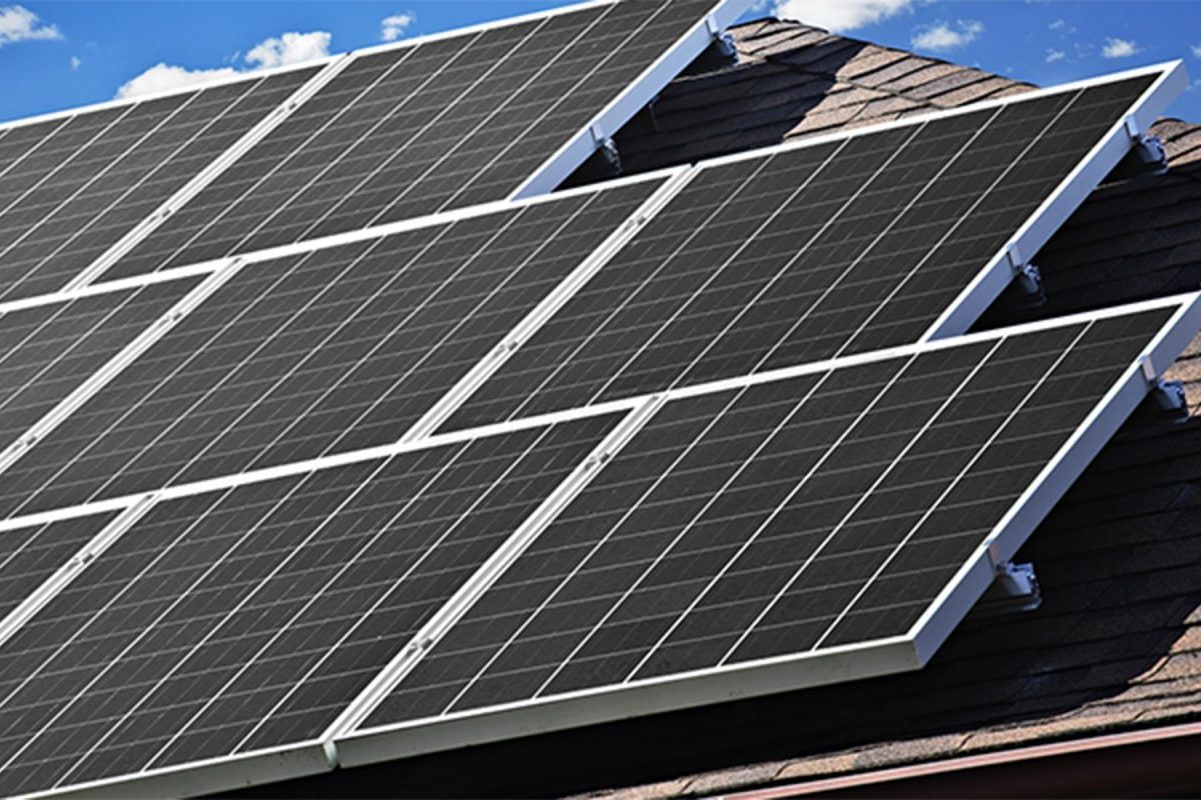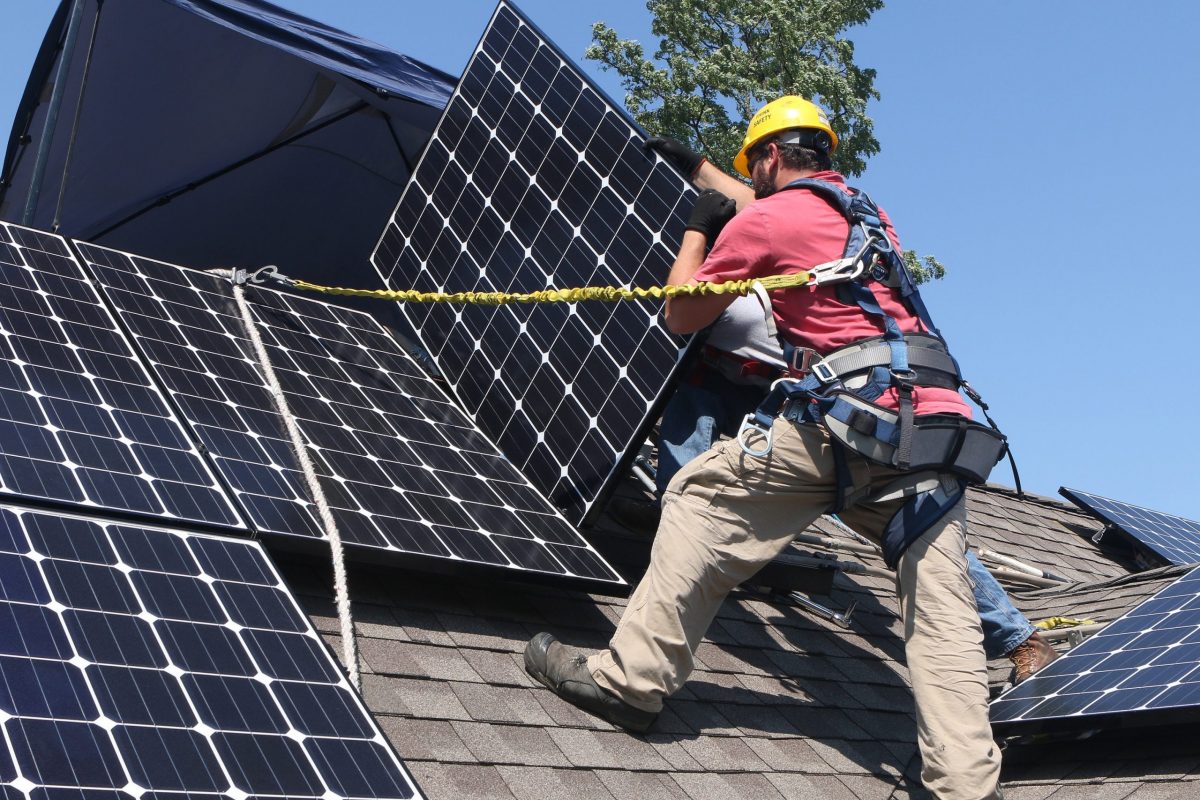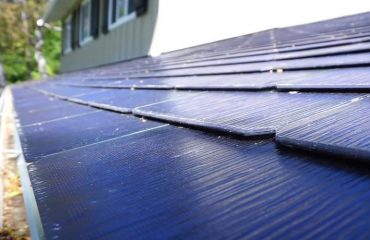Solar energy’s long-term impact extends far beyond immediate power generation, creating lasting positive changes for both homeowners and the environment. As we witness the environmental benefits of solar energy unfold, research shows that solar installations can increase property values by an average of 4.1% while significantly reducing carbon emissions over their 25-30 year lifespan. Beyond individual benefits, solar farms contribute to ecosystem diversity by creating wildlife corridors and supporting native plant species beneath the panels. For homeowners, this translates to decades of stable energy costs, protection against rising utility rates, and the satisfaction of contributing to a cleaner energy future. While initial installation requires careful consideration, the long-term advantages – from reduced maintenance costs to enhanced grid reliability – make solar power an increasingly attractive investment for sustainable living.
Positive Environmental Changes from Solar Installations
Native Plant Recovery
Solar farms are increasingly proving their worth in transforming local ecosystems by promoting native plant growth and biodiversity. Unlike traditional power plants that completely alter the landscape, solar installations can coexist with and even enhance local flora. The spaces between solar panels create perfect microclimates for native plants to thrive, offering partial shade and protection from extreme weather conditions.
Many solar facilities now incorporate pollinator-friendly vegetation and native grassland species into their designs. These plants not only help stabilize the soil and reduce maintenance costs but also provide essential habitats for local wildlife. The combination of sunshine and shade created by the panels creates diverse growing conditions that can support a wider variety of plant species than open fields.
Studies have shown that well-planned solar farms can increase plant diversity by up to 90% compared to traditional agricultural land use. This enhanced biodiversity brings additional benefits like improved soil health, reduced erosion, and better water retention – making solar installations an unexpected ally in ecological restoration efforts.
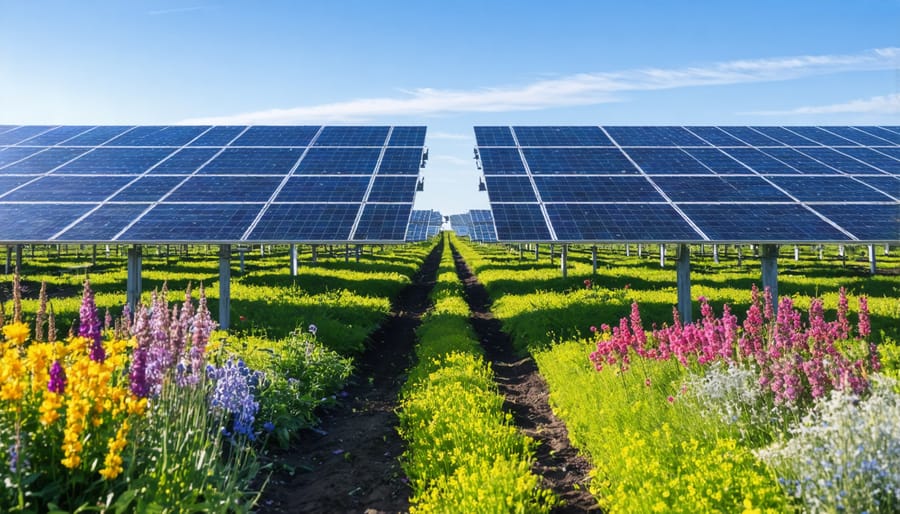
Wildlife Habitat Creation
Solar farms are becoming unexpected sanctuaries for various wildlife species, creating new habitats that support local biodiversity. Sheep often graze between solar panels, maintaining vegetation while benefiting from shade during hot summer days. Ground-nesting birds like killdeer and meadowlarks have been found making homes beneath the panels, using them as shelter from predators and harsh weather.
Pollinator species, including bees and butterflies, thrive in the wildflower meadows that commonly grow around solar installations. These meadows provide essential food sources and breeding grounds for these important insects. Small mammals such as rabbits and field mice find protection in the panel-created microhabitats, while native grasses and flowering plants flourish in the partially shaded environment.
Research has shown that solar farms can support up to 95% more biodiversity than neighboring agricultural land. Some facilities even incorporate “wildlife corridors” – designated pathways that allow animals to move freely through the installation. This combination of renewable energy and wildlife conservation demonstrates how solar farms can contribute positively to local ecosystems while generating clean power.
Soil Health and Water Conservation Benefits
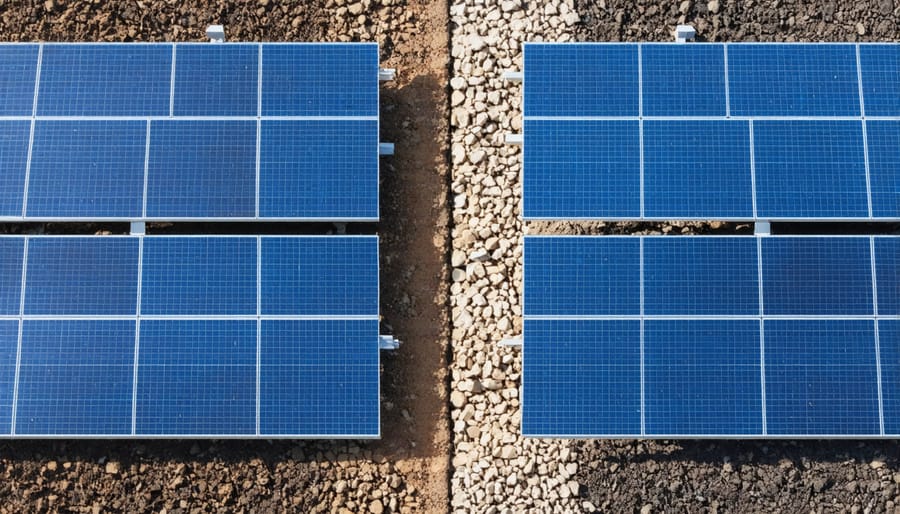
Soil Regeneration
Contrary to common misconceptions, solar installations can actually improve soil health over time. When solar panels are installed, the land beneath them experiences less erosion from rain and wind, creating a more stable environment for soil development. The shade provided by the panels helps retain moisture and creates microclimates that support beneficial soil organisms.
Many solar farms are now implementing dual-use strategies, combining energy generation with sustainable land management practices. Native grasses and wildflowers planted beneath panels help build organic matter in the soil, while their root systems enhance soil structure and water retention. Some facilities even incorporate sheep grazing, which naturally fertilizes the soil and maintains vegetation.
Research shows that after several years of solar farm operation, soil organic carbon levels often increase, indicating improved soil fertility. The reduced need for mechanical maintenance and absence of agricultural chemicals allows natural soil-building processes to flourish. This regeneration process can transform previously degraded farmland into rich, productive soil that supports biodiversity and could potentially be returned to agricultural use in the future.
Water Management Improvements
Solar energy installations contribute positively to local water conservation efforts in several ways. Unlike traditional power plants that require massive amounts of water for cooling, solar panels operate without water consumption during electricity generation. This leads to significant water savings, especially in drought-prone areas where water conservation is crucial.
Additionally, large-scale solar installations can help regulate local water cycles through strategic placement and design. The panels provide shade to the ground beneath, reducing water evaporation from soil and helping maintain soil moisture levels. This creates a more stable environment for local vegetation and can improve groundwater retention.
For homeowners with solar installations, the benefits extend to improved rainwater management. Solar panels naturally channel rainwater, which can be collected and used for irrigation or other household purposes. The controlled water flow also helps prevent soil erosion around your property and can contribute to better drainage patterns.
When combined with smart landscaping practices, solar installations can create a more water-efficient property while generating clean energy, offering a dual benefit for both the environment and homeowners.
Property Value and Community Benefits
Solar installations don’t just benefit the environment – they can significantly boost property values and enhance community well-being. Studies show that homes with solar panels typically sell for 4.1% more than comparable properties without solar installations. This premium often translates to an additional $9,000 to $15,000 in property value.
Beyond individual properties, solar installations create ripple effects throughout communities. When multiple homes in a neighborhood adopt solar energy, the entire area becomes more attractive to environmentally conscious buyers. This increased desirability often leads to higher property values across the community, not just for homes with solar panels.
Solar installations also contribute to local ecosystem improvements that enhance quality of life. The shade provided by elevated solar panels can create microhabitats for native plants and wildlife, while the reduced air pollution from clean energy generation leads to healthier outdoor spaces for residents. Many communities have reported increased bird and pollinator activity around well-designed solar installations, contributing to better garden yields and more vibrant landscapes.
These environmental improvements translate into tangible community benefits. Parks and public spaces near solar installations often see increased usage due to improved air quality and enhanced natural surroundings. Additionally, many solar projects incorporate dual-use designs, such as community gardens or educational spaces beneath panel arrays, maximizing land value and creating new gathering spaces for residents.
Local governments also benefit from increased tax revenue from solar properties, which can fund community improvements and public services while keeping other tax rates stable. This creates a positive feedback loop of community enhancement and sustainable development.
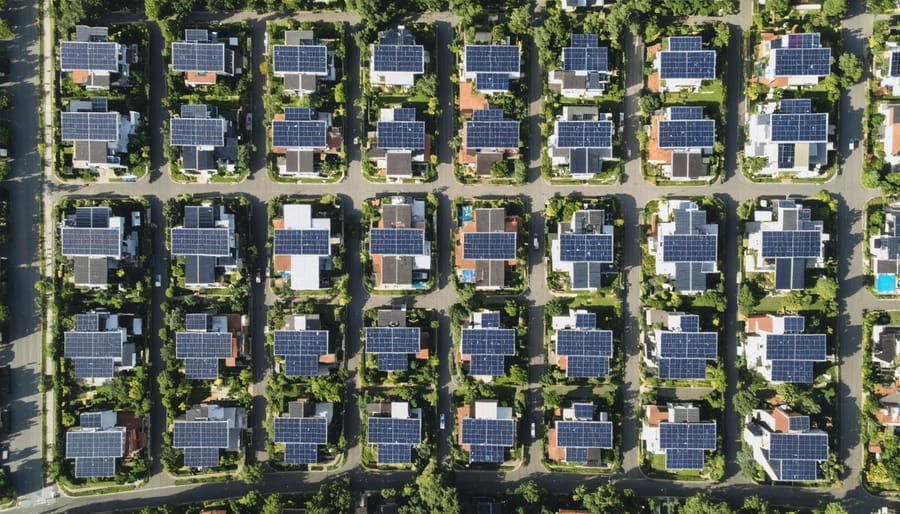
Smart Planning for Your Solar Installation
Planning your solar installation strategically can help you maximize your property’s environmental impact while ensuring optimal energy production. Start by conducting a thorough site assessment of your property, considering factors like roof orientation, shade patterns, and local climate conditions. South-facing roof sections typically offer the best solar exposure in the Northern Hemisphere, though southeast and southwest orientations can also be effective.
Before installation, consider upgrading your home’s insulation and energy efficiency. This reduces your overall energy needs, allowing you to install a smaller solar system while achieving the same benefits. Pay attention to your roof’s condition too – it’s more cost-effective to replace an aging roof before installing solar panels rather than removing and reinstalling them later.
Work with your solar installer to design a system that accommodates future energy needs. If you’re planning to switch to an electric vehicle or add home additions, factor these into your system sizing. Consider leaving space for additional panels or battery storage systems you might want to add later.
Choose high-quality panels with strong warranties and proven durability. While premium panels may cost more initially, they typically offer better long-term performance and environmental benefits through higher efficiency and longer lifespans. Look for panels with high recycling potential and manufacturers who have responsible end-of-life programs.
Don’t forget about wildlife protection measures. Install critter guards to prevent birds and small animals from nesting under your panels while maintaining proper ventilation. If your property has significant wildlife activity, discuss panel placement options that minimize habitat disruption.
Integrate smart monitoring systems to track your system’s performance and quickly identify any issues. This helps maintain optimal efficiency and extends the life of your installation. Many modern systems offer mobile apps that let you monitor production in real-time and adjust settings for maximum benefit.
Consider joining a community solar program if your property isn’t ideal for installation. These programs allow you to support local renewable energy development while receiving similar benefits to having your own system. Remember, smart planning isn’t just about immediate installation – it’s about creating a sustainable energy solution that benefits both your household and the environment for decades to come.
Solar energy stands as a beacon of hope for our planet’s future, offering lasting benefits that extend far beyond immediate energy savings. By harnessing the sun’s power, homeowners contribute to cleaner air, reduced carbon emissions, and the preservation of natural habitats. The installation of solar panels not only protects local ecosystems but also creates a positive ripple effect throughout the environment. As more households embrace solar technology, we’re building a more sustainable future for generations to come. Making the switch to solar power represents a meaningful investment in both your property’s value and our planet’s health. With decreasing installation costs and increasing efficiency, there’s never been a better time to join the solar revolution and become part of the solution to climate change. Take the first step toward a greener future by exploring solar options for your home today.

